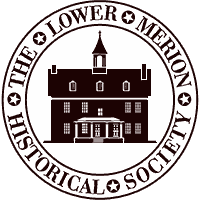The Naming of the Society
In one sense, the name says it all, but the background goes something like this: the name of the founding society was The Lower Merion and Haverford Society for the Detection and Prosecution of Horse Thieves and the Recovery of Stolen Horses. During the next 50 or so years, to best manage its affairs, and due to its extensive geographic coverage and a growing population, it was necessary for this original group to sub-divide its geographic boundaries.
This first sub-division occurred in May 1853, which divided the membership into two distinct and separate societies to be known as the Haverford and Radnor Society…, and the Lower Merion Society…. The first meeting of the Lower Merion Horse Company was held on June 4, 1853 and a new Constitution and By-Laws were adopted. The first officers of this group were:
President: John G. Henderson
Vice President: Levi Morris
Secretary: John M. Lindsay
Treasurer: Abraham Levering
The second sub-division occurred in November 1869, when the Lower Merion Society… divided into two companies. The Upper District called themselves The Middle Merion Society…and met at Ellis Ramsey’s Green Tree Hotel. This society disbanded in 1926. The Lower District which retained the old name of The Lower Merion Society… continued to meet at the General Wayne Hotel. The first officers of this group were:
President: Charles Kugler
Vice President: Thomas G. Lodge
Secretary: J.H. Bevan
Treasurer: David Morgan
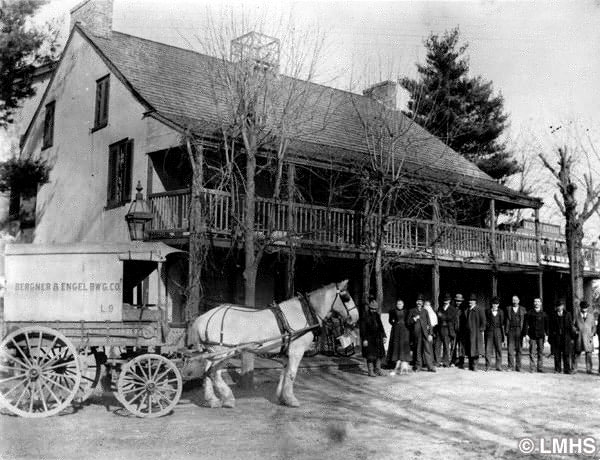
Lower Merion has always been “horse country” and, by the 1870’s, the area was referred to as the “Main Line.” It had its share of blacksmith shops, livery stables, harness shops, and so forth. Horse shows, horse racing, foxhunting, and Bridlewild Trails were popular with the community.
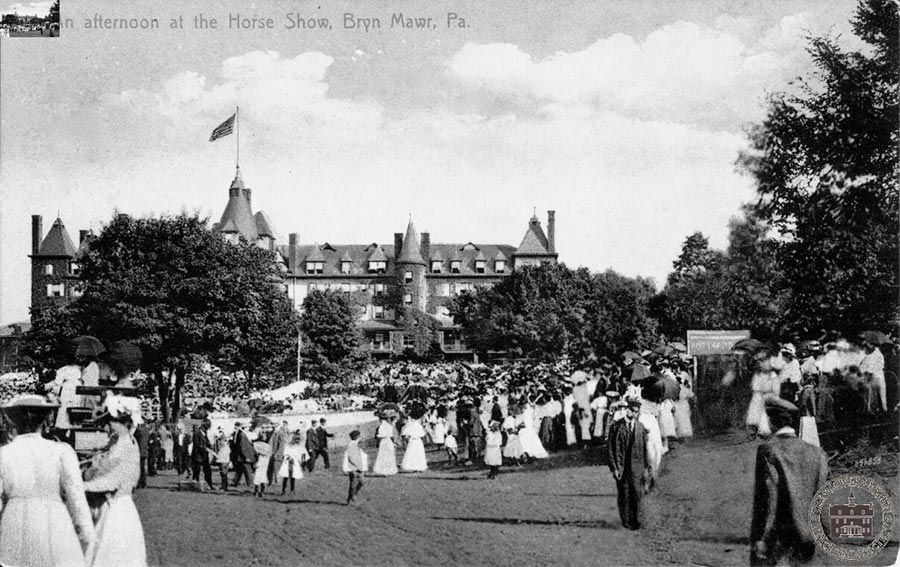
Lower Merion has many equestrian traditions such as polo teams, horse shows, and hunt clubs. From 1896 to 1914, the Bryn Mawr Hotel hosted an annual horse show, which drew socialites from as far away as Boston.
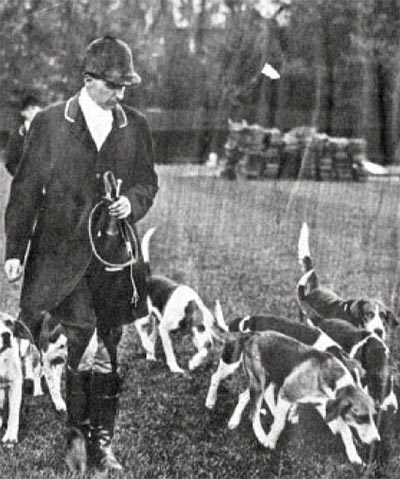
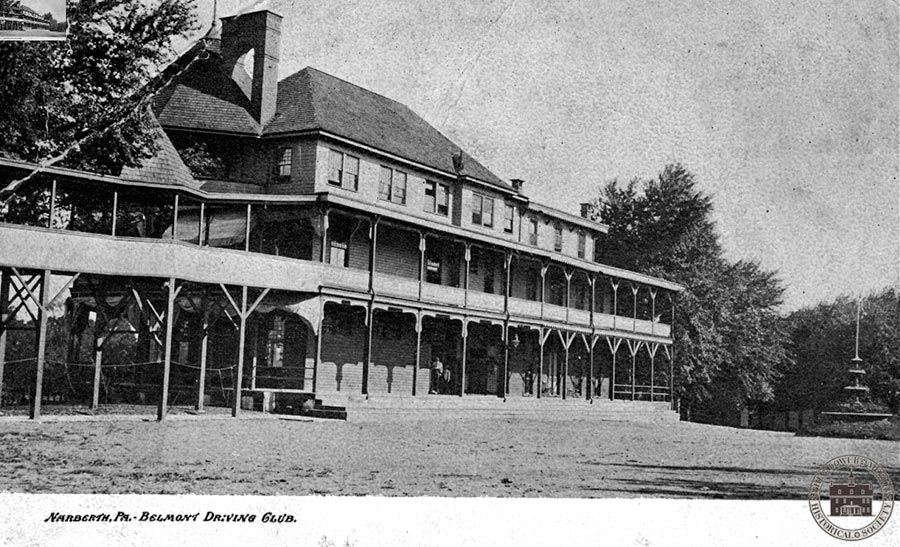
Belmont Driving Park became operational to the general public just in time for the opening of the 1876 Centennial Exposition in Philadelphia. The Exposition was located in nearby Fairmount Park, only a short train ride to Elm Station (Narberth). The Driving Park was located on 72 acres along Meeting House Lane in what is now Merion Park and had a mile-long oval track, along with an additional half-mile track and a clubhouse. It was in active use from 1876 to 1924.

Wisconsin House was located at the corner of Conshohocken State Road and Union Avenue in Bala Cynwyd. Around its bar, “trotter” enthusiasts toasted their favorites who raced the oval at the Belmont Driving Park. They did not mix with “pacer” fans, who gathered separately at the General Wayne.
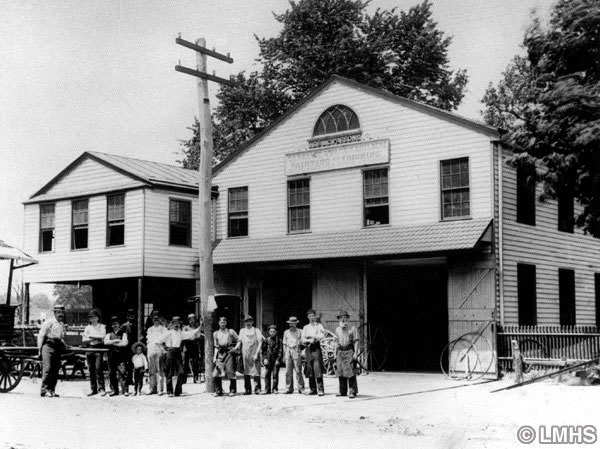
Parsons’ Blacksmith and Carriage Shop was a necessary fixture at the busy corner of Montgomery and Parsons Avenues in Bala Cynwyd. Luther Parsons was a community leader and involved in many civic associations; one such group was The Society for the Detection & Prosecution of Horse Thieves and Recovery of Stolen Horses.
